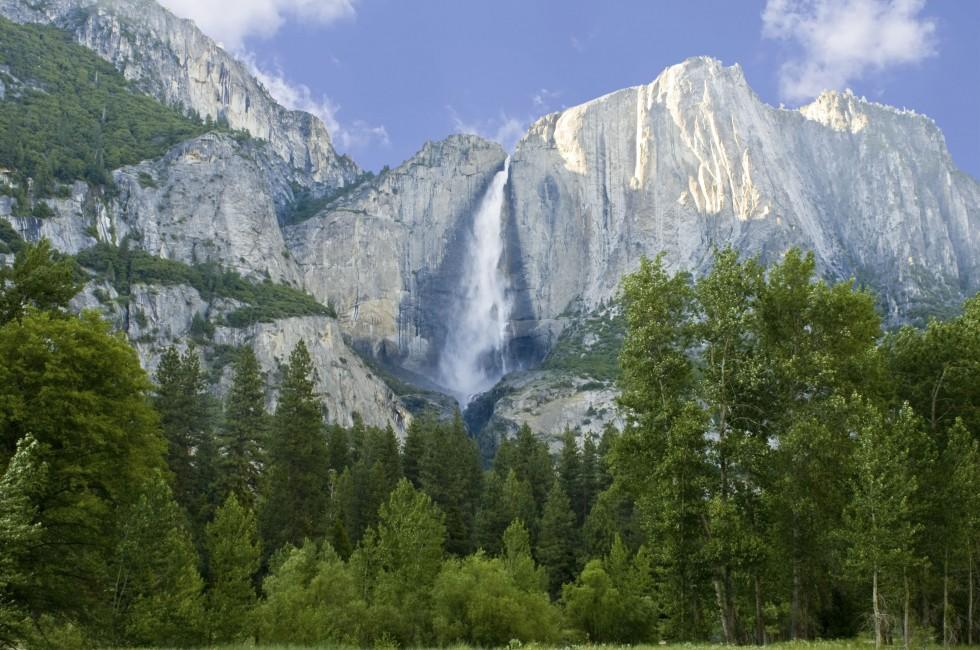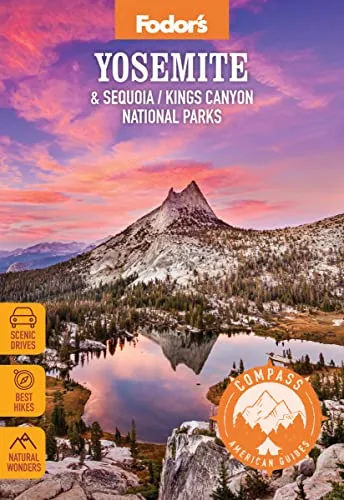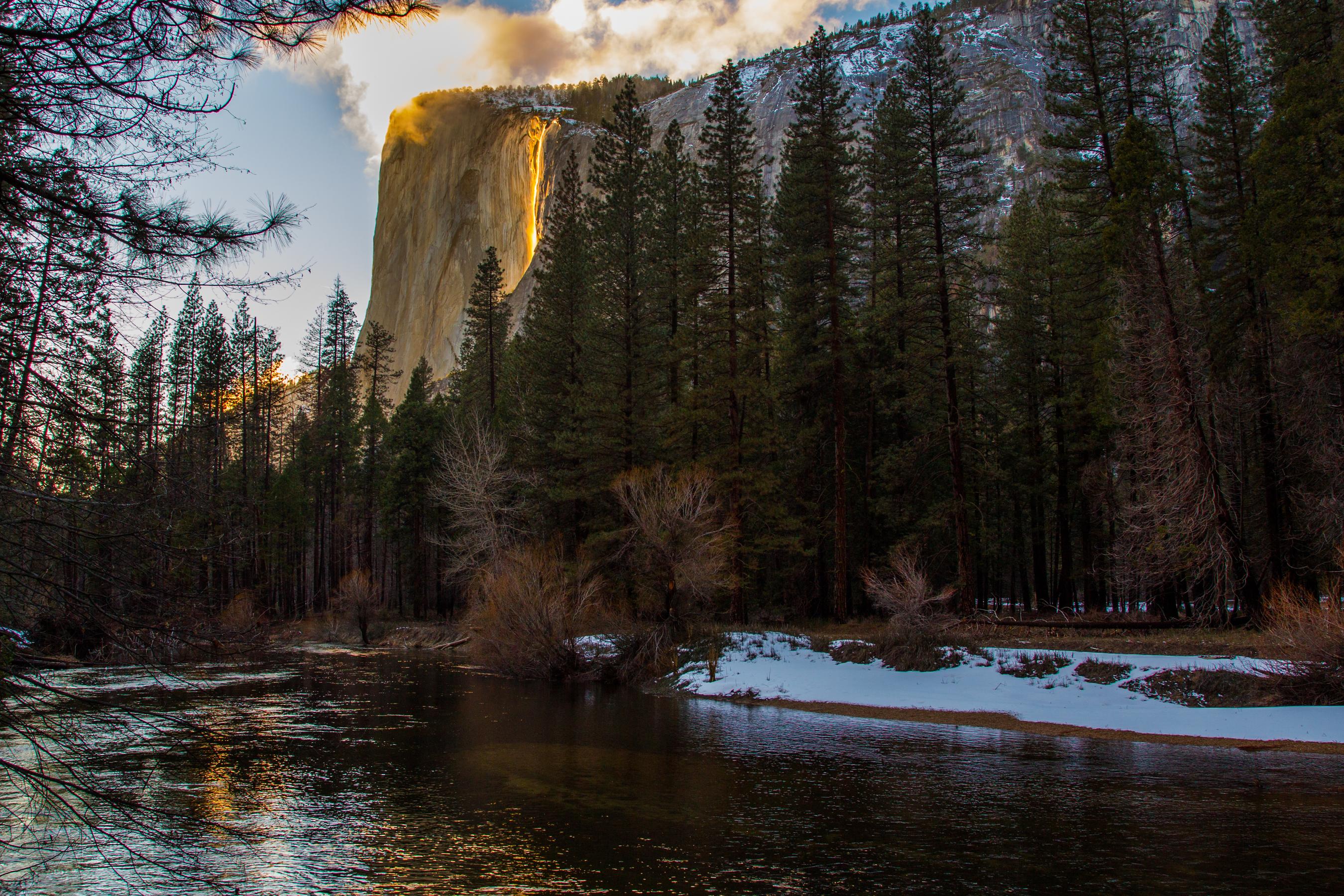Yosemite National Park
Yosemite National Park
By merely standing in Yosemite Valley and turning in a circle, you can see more natural wonders in a minute than you could in a full day pretty much anywhere else. Half Dome, Yosemite Falls, El Capitan, Bridalveil Fall, Sentinel Dome, the Merced River, white-flowering dogwood trees, maybe even bears ripping into the bark of fallen trees or sticking their snouts into beehives—it's all here.
Native American nations—including the Miwok, Paiute, Mono, and Ahwahneechee tribes—roamed this wonderland long before other cultures. Indeed, some of the footpaths used by Native Americans to cross mountains and valleys are still used as park hiking trails today.
In the mid-1800s, the valley's special geologic qualities and the giant sequoias of Mariposa Grove 30 miles to the south began...
Read MoreBy merely standing in Yosemite Valley and turning in a circle, you can see more natural wonders in a minute than you could in a full day pretty much anywhere else. Half Dome, Yosemite Falls, El Capitan, Bridalveil Fall, Sentinel Dome, the Merced River, white-flowering dogwood trees, maybe even bears ripping into the bark of fallen trees or sticking their snouts into beehives—it's all here.
Native American nations—including the Miwok, Paiute, Mono, and Ahwahneechee tribes—roamed this wonderland long before other cultures. Indeed, some of the footpaths used by Native Americans to cross mountains and valleys are still used as park hiking trails today.
In the mid-1800s, the valley's special geologic qualities and the giant sequoias of Mariposa Grove 30 miles to the south began attracting visitors. The two areas so impressed a group of influential Californians that they lobbied President Abraham Lincoln to grant them to the state for protection, which he did on June 30, 1864. Further lobbying efforts by naturalist John Muir and Robert Underwood Johnson, editor of The Century Magazine, led Congress to set aside an additional 1,500 square miles for Yosemite National Park on October 1, 1890. The valley and Mariposa Grove, which had remained under state control, also became part of the park in 1906.
Yosemite is so large and diverse, it almost seems to be multiple parks. Many visitors spend their time along the southwestern border, between Wawona, which is open all year and is where the giant sequoias stand, and the Big Oak Flat entrance. Also very popular are Yosemite Valley, famous for its waterfalls and cliffs and also open year-round, and the Badger Pass Ski Area, a winter-only destination. The seasonal, east–west Tioga Road spans the park north of the valley and bisects Tuolumne Meadows, the subalpine high country that's open for summer hiking and camping; in winter, it's accessible only via cross-country skis or snowshoes. The northwestern Hetch Hetchy district, home of less-used backcountry trails, is most accessible from late spring through early fall.
Photographers, hikers, and nature enthusiasts visit again and again, lured by the seasonally changing landscapes. In spring, waterfalls are robust thanks to abundant snowmelt. In early summer, wildflowers blanket alpine meadows. In fall, the trees showcase glorious explosions of color. In winter, snows provide a magical setting for activities like ice skating in the valley or cross-country skiing to Glacier Point.







